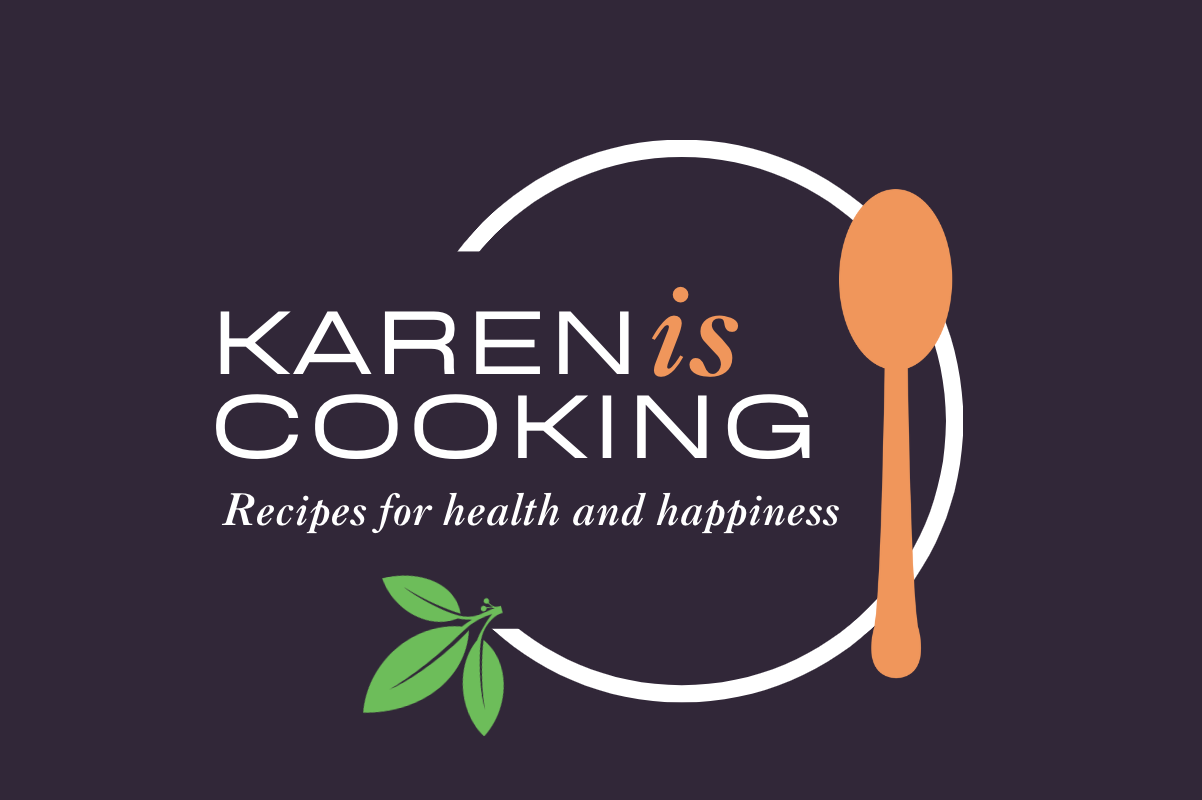Sweet Poison - Part I
I’m sure that you’ve heard the warning that sugar leads to cavities, diabetes, and obesity many, many, many times, right? And yet, you are still eating ice cream and chocolate chip cookies and drinking lattes with extra shots of caramel French vanilla syrup.
Why? Is it because you don’t really think that you are ingesting all that much sugar? Or perhaps you believe it’s not all that harmful since you eat lots of vegetables, and therefore, it balances out? Or, maybe you feel that sugar is a sweet treat that you deserve because you work hard.
Well, I invite you to read on. I promise it’s worth a few minutes of your time, and there’s even a fun and informative exercise you can do at the end of Part I.
As a nutritionist, I often ask people how much sugar they consume daily; the common reply is….”Oh, not much. Just the usual…”
The “usual”? According to the most recent data collected by the Centers for Disease Control and Johns Hopkins Medicine, the average daily added sugar intake for an American adult is around 20 teaspoons per day, or about 100 pounds of processed sugar per person, per year.
Of course, that “average” by itself probably isn’t very meaningful; however, when you take into consideration that our ancestors, going back just a few generations to the 1800s, ate about 5-1/2 teaspoons per day, or 18 pounds of sugar per year, then it starts to look a bit more troubling. Now, if we go back further to our paleolithic ancestors, it has been estimated that they consumed about one teaspoon of sugar per day or less than 3.5 pounds per year. And mind you, our hunter-gatherer ancestors got their “sugar fix” through either fruits or raw honey. No white sugar for Torani syrups for them! Plus, our distant ancestors were a lot more mobile by default. They easily burned calories since they had to walk, run, or climb to get their sweet treats.
So, by comparison, our current sugar intake is definitely unprecedented! We are drowning in a tsunami of sugar! And not just the white powdery stuff! There’s also high-fructose corn syrup, which is now even more ubiquitous than good old-fashioned granulated sugar.
Processed Sugar? and the Skinny on Fructose + Glucose and HFCS
In addition to high-fructose corn syrup, there are over 50 terms for various forms of processed sugar, and it can get pretty confusing, especially when some claim to be healthy. Here’s a list of the most popular and most often added to packaged foods:
caster sugar
confectioner’s sugar
date sugar
Florida crystals
Golden sugar/syrup
rapadura
coconut sugar
Sucanat
turbinado sugar
raw sugar
brown sugar
What is HFCS (High-Fructose Corn Syrup)? And why it’s BAD for your liver!
It is a liquid sweetener made from genetically modified corn. First, the corn is broken down into glucose molecules, then about half the glucose molecules are chemically changed into fructose. So far, it doesn’t sound too threatening. However, the problem arises when HFCS is consumed regularly. The glucose can be used by almost every cell in your body (and excess is then stored in your cells as fat), while your liver must metabolize the fructose before your body can use it as fuel. Your liver can only process so much fructose, and too much of it will lead to a terrible condition known as non-alcoholic fatty liver disease (NAFLD). And research suggests that fatty liver disease can lead to liver inflammation and damage.
So, I hope I’ve encouraged you to understand that any form of processed sugar, when over-consumed, will lead to bad things for your body and mind. Right, I think that’s enough for now. BUT, just in case you’re not totally convinced, I’m coming back with Part II to share more intriguing and somewhat terrifying facts about the “poisonous” effects of…processed sugar!
Plus, we will learn about healthy alternative sweeteners.
Now, the fun exercise!
The following three labels (image below) are samples for practice. And here are the step-by-step directions:
1. Look at each label and write down the amount of sugar, in grams, for ONE serving.
2. Add up the total grams for all three products.
3. Divide the total grams by 4 to get the number of teaspoons.
Note: one teaspoon of sugar = 4 grams
one serving of yogurt = 15 grams , one serving of soda = 24 grams, one choco chip cookie = 11 grams.
Total grams = 50 /4 = 12.5 teaspoons of sugar
Now, imagine a small bowl filled with 1/4 cup of only white sugar granules. Could you eat that by the teaspoons? Probably not. And yet, when processed sugar is “hidden” in commercial products, we end up eating a lot more than we realize.
Now, it’s time for you to add up how many teaspoons of processed sugar you consume daily.
Use the chart below to help you list each item and to do the math.
References:
“Know Your Limit for Added Sugars.” Centers for Disease Control and Prevention, 28 Nov. 2021, www.cdc.gov/nutrition/data-statistics/added-sugars.html.
“Obesity, Sugar and Heart Health.” Johns Hopkins Medicine, 1 Nov. 2021, www.hopkinsmedicine.org/health/wellness-and-prevention/obesity-sugar-and-heart-health.
Society, Endocrine. “People Who Consume Too Much High Fructose Corn Syrup Could Be at Risk for NAFLD.” Endocrine Society, 22 June 2022, www.endocrine.org/news-and-advocacy/news-room/2022/people-who-consume-too-much-high-fructose-corn-syrup-could-be-at-risk-for-nafld.
World Population Review. “Sugar Consumption by Country 2023.” World Population Review, worldpopulationreview.com/country-rankings/sugar-consumption-by-country.



